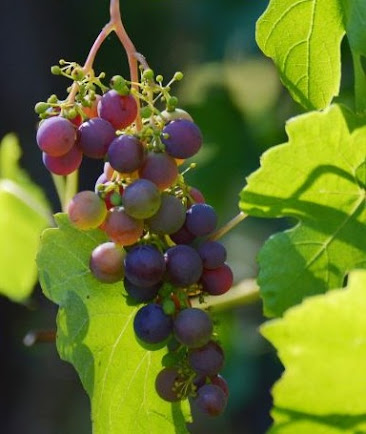Western European currently consume an average of 31 L of juice a year per capita. Juice is growing fast in Eastern Europeans (18 L are consumed annually per capita in Russia) as well as in India and China.
The extraction of juice from fruit is an ancient art dating from the earliest of records where wine is often mentioned.
Fermentation of fruit juice so the alcohol content preserved the fermented juice was one of the earliest forms of food preservation by the human species.
Preserved fruit juices keep their fresh taste and attractive color as long as they are not heated for too long or at too high a temperature. Prolonged boiling or heating changes the taste except with tomato and apricot juice.
Manufacturer of fruit juice has progressed from the farm or cottage industry into the efficient technology of modern food processing with the rapid changes in most technologies.
Throughout the temperature area of the world, fruits used for the major quantities of juices are citrus, pome and grape or vine fruits.
Hand picked fruit is generally of good quality and needs little pre-press treatment, but the growth of automatic harvesting, particularly with apples, creates may new problems of debris and dirt such as leaves stones and twigs, all of which need to be removed prior to pulping.
Methods of extracting fruit juices are dependent upon the structure and edible portion of the fruit.
Preservation methods include thermal treatments, freezing, chilling, concentration and for some clear juices, fine filtration.
Juice may taken apart by removing volatile flavour components, water, bitterness and acidity and then recombined to produce a consistent product. Fruit derived bases may be manufactured from the remaining fruit material after the juice has been extracted.
Pasteurization is often required to stabilize the product by removing microorganisms that could produce fermentation and/or spoilage, affecting clarity, taste and shelf life.






